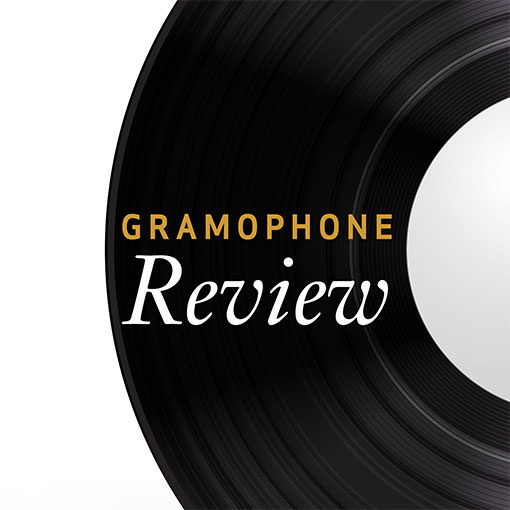Brahms Cello Sonatas
View record and artist detailsRecord and Artist Details
Composer or Director: Johannes Brahms
Label: Opus 111
Magazine Review Date: 4/1997
Media Format: CD or Download
Media Runtime: 52
Mastering:
DDD
Catalogue Number: OPS30-144

Tracks:
| Composition | Artist Credit |
|---|---|
| Sonata for Cello and Piano No. 1 |
Johannes Brahms, Composer
Johannes Brahms, Composer Olga Tverskaya, Fortepiano Peter Bruns, Cello |
| Sonata for Cello and Piano No. 2 |
Johannes Brahms, Composer
Johannes Brahms, Composer Olga Tverskaya, Fortepiano Peter Bruns, Cello |
Author: Joan Chissell
Like the pleasing recording from the young Dutchmen, Pieter Wispelwey and Paul Komen, so this highly accomplished pair opt for the kind of sound that Brahms himself would have envisaged when writing for these two instruments. The German cellist, Peter Bruns, plays a Venetian Tononi of 1730 in partnership with the Erard grand piano, built at their London factory around 1850, chosen by the Russian-born Olga Tverskaya. It’s not hard to understand why this Tononi was Casals’s favourite concert instrument (according to the booklet) for 12 years: its glorious tonal plangency would melt a stone. The Erard (recently restored by David Wiston) in its turn has a clear-cut translucency that yet never seems undernourished or edgy throughout a very considerable range.
The artists themselves cannot be overpraised for their finely attuned balance throughout both sonatas: not even in the low-lying string line in the finale of the earlier, more classically conceived E minor work, or the richer keyboard textures of its successor, is the cello overpowered. Nor is any detail in Brahms’s closely interwoven dialogue overlooked: your ear is always where it ought to be thanks to their intimate give and take.
So much for basic factors. But have no fear that concern for period sound in any way cools their approach. What ultimately makes this very truthfully recorded disc so enjoyable is the immediacy and intensity of their personal response, through unfailing pliability of phrasing and nuance, to the composer’s warm romantic heart. Every note speaks in a way that can scarcely fail to touch your own. In sum, wholly worth its price.'
The artists themselves cannot be overpraised for their finely attuned balance throughout both sonatas: not even in the low-lying string line in the finale of the earlier, more classically conceived E minor work, or the richer keyboard textures of its successor, is the cello overpowered. Nor is any detail in Brahms’s closely interwoven dialogue overlooked: your ear is always where it ought to be thanks to their intimate give and take.
So much for basic factors. But have no fear that concern for period sound in any way cools their approach. What ultimately makes this very truthfully recorded disc so enjoyable is the immediacy and intensity of their personal response, through unfailing pliability of phrasing and nuance, to the composer’s warm romantic heart. Every note speaks in a way that can scarcely fail to touch your own. In sum, wholly worth its price.'
Discover the world's largest classical music catalogue with Presto Music.

Gramophone Digital Club
- Digital Edition
- Digital Archive
- Reviews Database
- Full website access
From £8.75 / month
Subscribe
Gramophone Full Club
- Print Edition
- Digital Edition
- Digital Archive
- Reviews Database
- Full website access
From £11.00 / month
Subscribe
If you are a library, university or other organisation that would be interested in an institutional subscription to Gramophone please click here for further information.





